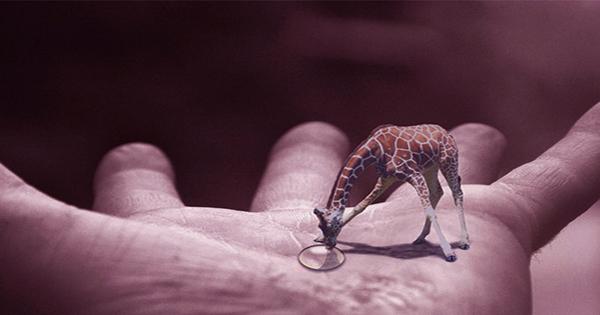A recent study found that one in five countries is at risk of their ecosystems collapsing and more than half of global GDP (US$42 trillion, or £32 trillion) is at risk. Ecologists use the term “failure” to describe a process like a failed soufflé or an exploding football. When ecosystems collapse they rapidly change dramatically in size or quantity or lose their structure and functionality with their integrated species. These losses consolidate and simplify the ecosystem – fewer species, fewer habitats, and fewer connections between the two.
For humans, not all ecological changes are bad or recent. People have relied on changing ecosystems for millennia to create new farmland – wetlands, canals, river erosion, forest springs, forests– lied.
For example, wind and rainfall waste very little or enough land to relocate farmland without any ecosystem services – the Dust Bowl of North America in the 1930s thinks it should be at least relatively easy to monitor and manage further degradation in an already simplified ecosystem.
Natural ecosystems can withstand long-term stress from human action or climate – but only to a point. After a while, these pressures run positive feedback loops that push the system above a tipping point.
We know that the duration of a landslide is comparable to the size of an ecosystem. The larger the ecosystem, the slower it will collapse because there are more species and connections to fail. Larger systems are likely to collapse in multiple places at the same time as the 2019-2020 wildfires in Australia.
But we should not think that the big ecosystems of our lives will not collapse. My own research has revealed that Caribbean coral reefs could collapse in a matter of years, and the entire Amazon rain forest could collapse in decades.
So how is the collapse of the ecosystem final? A 19th-century experiment in Rothamsted, England, found that after about 120 years, sprawling farmland would finally return to lush woodland. Simply removing stress (in this case, plowing and grazing) can establish new positive feedback loops. The leading species of weeds colonized the vacant land easily, laying the necessary legs to provide shade and damp soil shrub seedlings, resulting in trees and eventually woodland.
It is possible to reverse, but as a rule, the stronger the response system, the more difficult it is to recover. Stress driving ecosystem collapse can be difficult to remove completely. In order to recover a collapsed lake or coastal fishery, almost all flows of nutrients from fertilizers and sewage into large water bodies will have to be stopped, possibly leading to the demise of regional agriculture.
It is impossible to restore the original state of an ecosystem because it no longer depends on the external conditions – climate regime or soil characteristics – that no longer exists.














